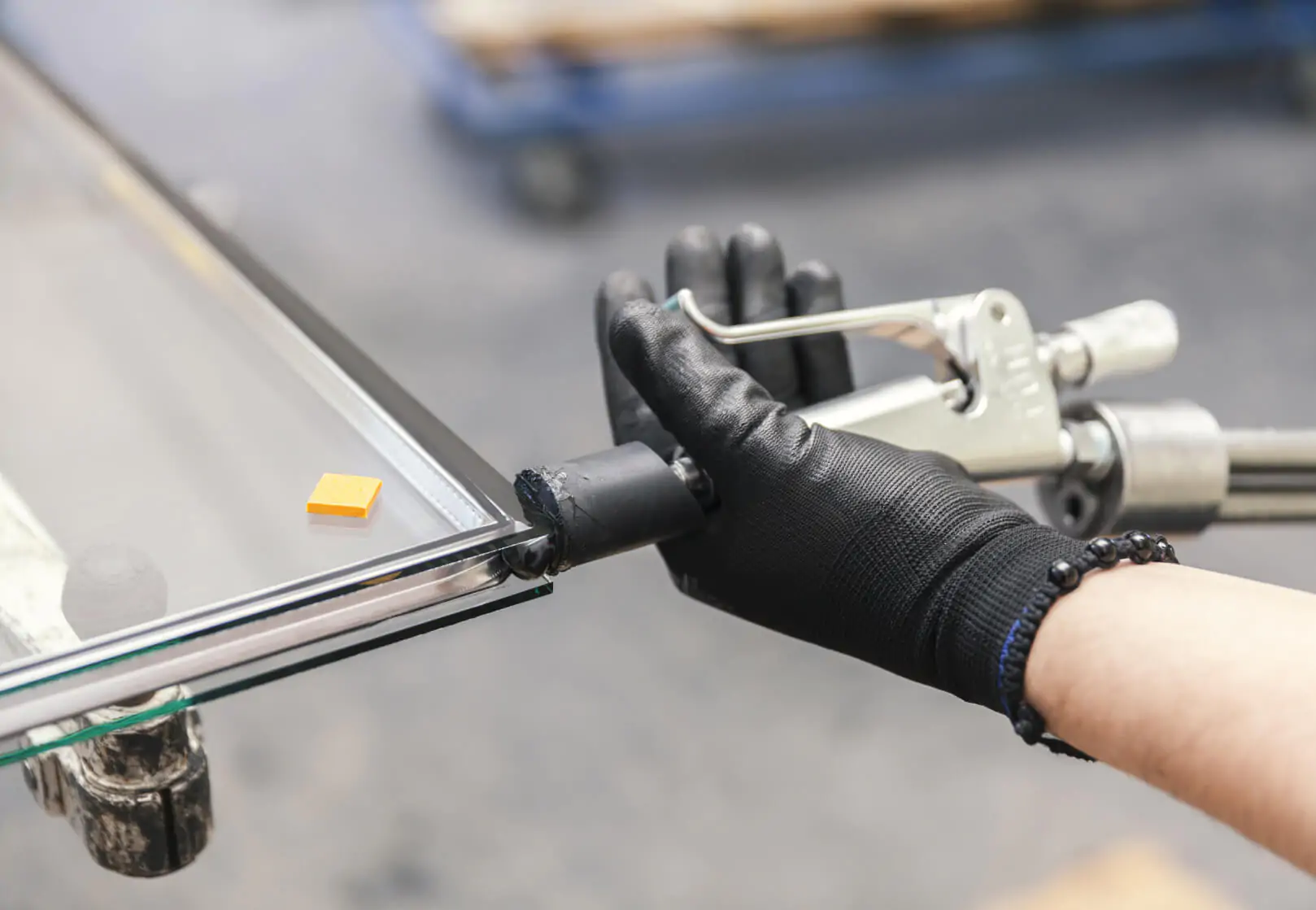This guidance provides useful information on the principles, disadvantages, materials and methods for upgrading the thermal performance of windows with the addition of Vacuum Glazing Price.
Windows make a major contribution towards the character of historic buildings and every effort ought to made to retain them. They could also reveal a good deal about the history of a structure; changing architectural taste and style. Social hierarchy, building economics, craft skills and industrial advances.
Older windows may well be draughty as eventually they distort as joints become stressed. Although adequate ventilation is essential in older buildings extreme air leakage through windows wastes heat and is miserable for occupants.
Carefully planned and install secondary glazing allows the original windows to be preserved unchanged. And where necessary repaired, whilst reducing air leaks and conducted heat losses. Consequently there isn’t a damage to historic fabric as well as in most instances the installation is easily reversible.
Recent study has revealed heat losses by conduction and radiation through a window generally speaking can decreased by over 60% by making use of secondary glazing with a low emissivity (low-E) hard coating facing the exterior. The research has also show that further savings can made. If the secondary glazing utilizes insulating frames or uses double or vacuum glazed units.
In addition to increasing the thermal performance of windows. Secondary glazing can have a number of additional extra benefits including being highly effective at limiting noise transmission.
For listed properties it is important to refer to the Conservation Officer at the local planning authority for guidance ahead of the installation of secondary glazing. Listed Building Authorization may required in some cases.
What exactly is secondary glazing?
Secondary glazing is nothing new. In the 19th century some buildings were construct with internal secondary glazing designed as part of the original layout. Often a second double hung sash window or solid panels with counterbalancing weights were fit in the space below the window. Their function was to cut down the heat loss and provide some measure of sound insulation to the window aperture.
Secondary glazing is a wholly independent window system apply to the room side of pre-existing windows. The original windows remain in place and in their original unaltered form.

